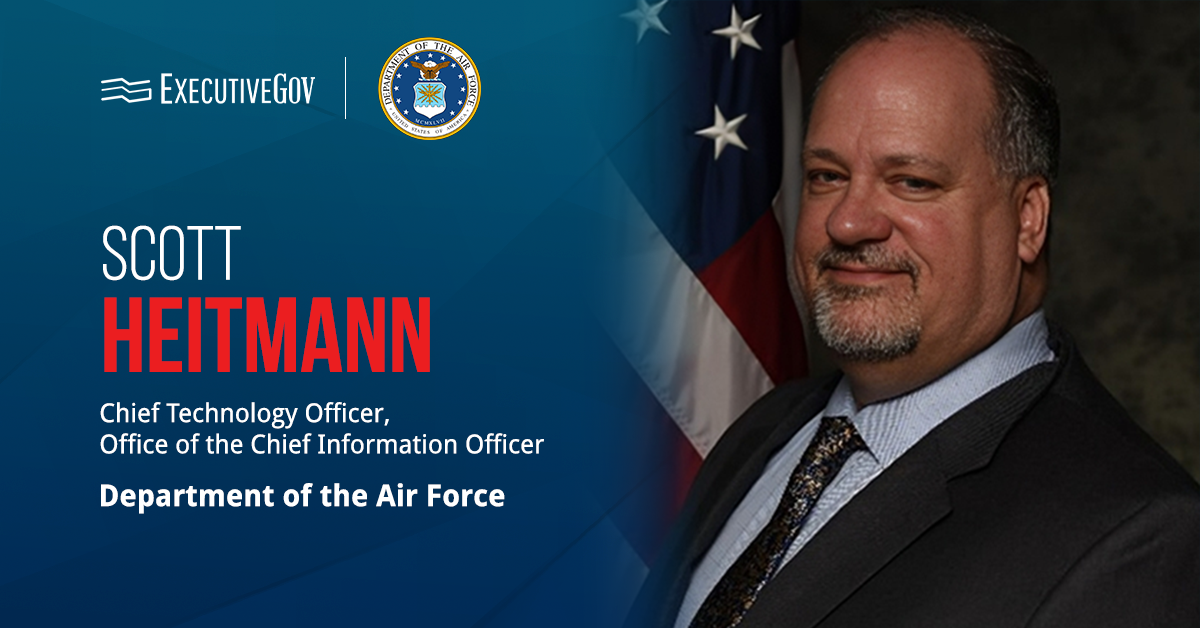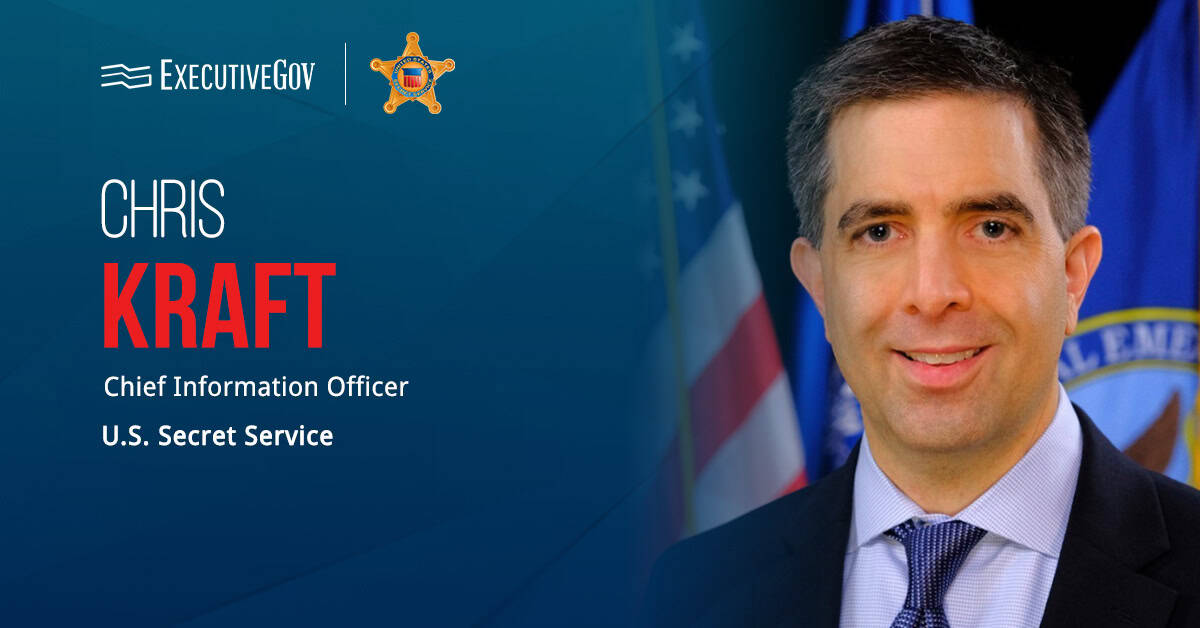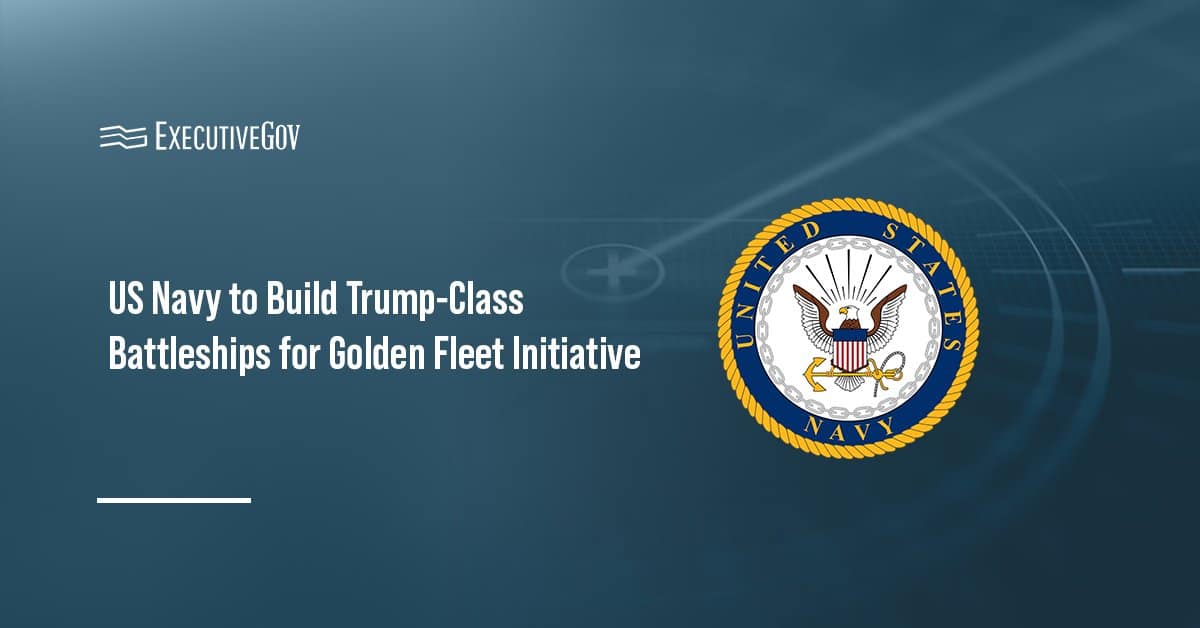The Department of the Air Force’s newly appointed permanent chief technology officer, Scott Heitmann, has developed a “Walking Deck” outlining zero trust implementation as his office works on the modernization of U.S. Air Force and U.S. Space Force warfighting capabilities. IT modernization to ensure cybersecurity and resilience in all Airmen and Guardians devices is focused on zero trust, DAF said in a LinkedIn post published Tuesday.
At the Potomac Officers Club’s next GovCon conference, the 2025 Cyber Summit, there will be a panel dedicated to zero trust! Register now while spots are still available. You’ll be rewarded with countless key networking and learning opportunities rooted in the world of cyber GovCon.
The department stressed its sharp focus on the empowerment of U.S. warfighters through a seamless connectivity network enhanced with cybersecure software supporting lethality. It further noted that modernization and innovation are imperatives, not just goals, given the increasing global competition.
DAF Zero Trust Strategy Baseline
Last July, DAF’s Office of the Chief Information Officer issued a new zero trust strategy as part of the Air Force’s efforts to protect critical assets and strengthen resilience against evolving cyberthreats. The zero trust pursuit has seven strategic goals, including ubiquitous access to protected resources further addressed in Heitmann’s zero trust Walking Deck.
To enable Airmen and Guardians’ seamless and secure network access anytime, anywhere, the CTO’s task template lines up potential “network of the future” options, such as choices under DAF’s Base Infrastructure Modernization, or BIM, program. Heitmann also pinpointed in his zero trust-centered task list the Air Force’s Theater Deployable Communications, or TDC, program, wherein Iron Bow Technologies already secured a potential four-year, $144 million contract in January 2023.
Other deliverables that the CTO outlined for the Air Force zero trust requirements cover accelerating operations under of the service branch’s Cloud One and CloudWorks environments.






